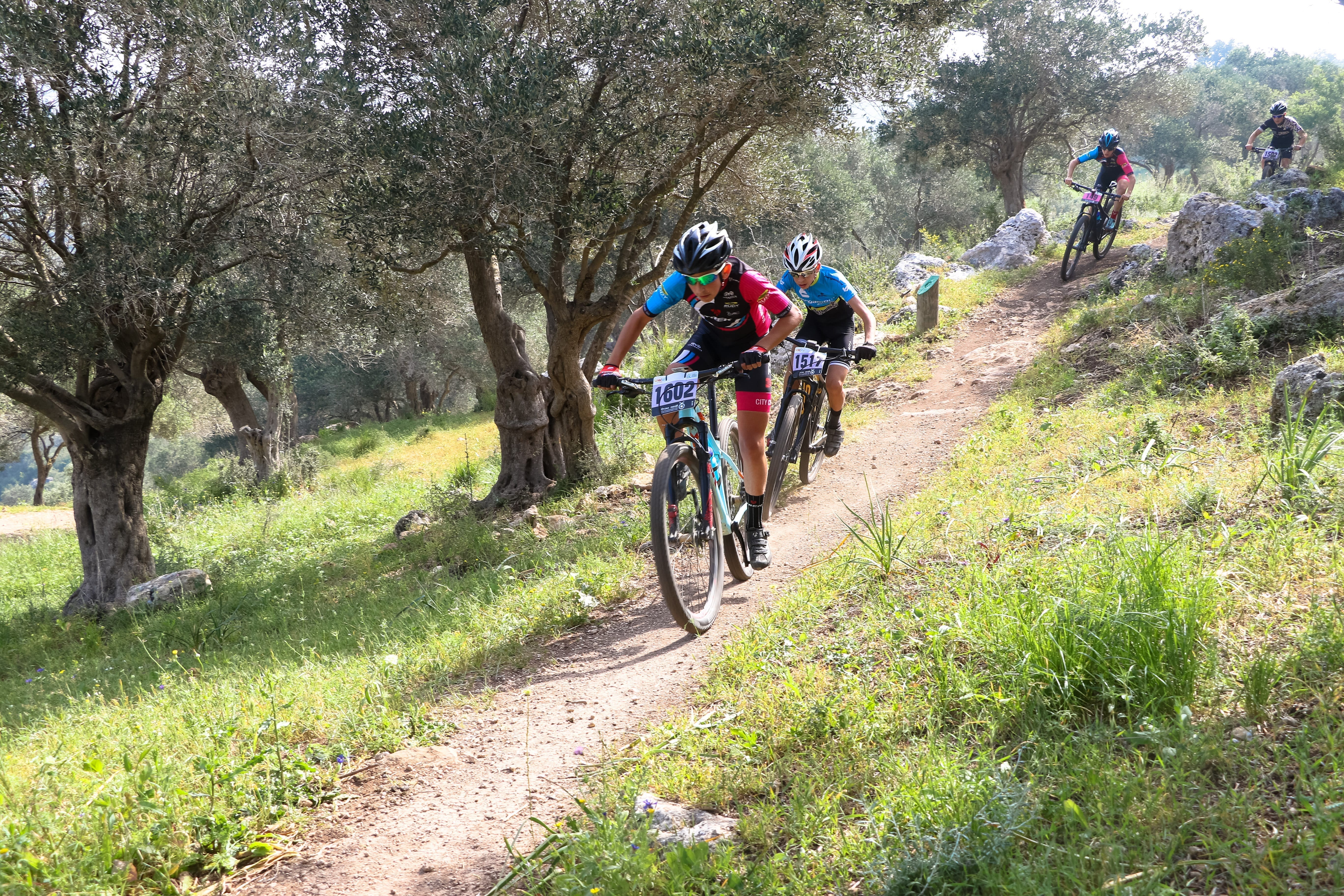Impacts of mountain biking on biodiversity and the environment / A review and management recommendations
Anne Turbe
Mountain biking is a popular and fast-growing activity worldwide, but compared to other recreational activities, there is a relative dearth of understanding and scientific studies on its ecological impacts. Yet mountain biking impacts likely differ from those of hikers or vehicles, both in terms of the type of impacts caused, their severity, and the way these impacts permeate the landscape over moderate distances. This knowledge gap is of particular concern for nature-protected areas, that must juggle the development of nature-based recreation with the protection of natural resources.




